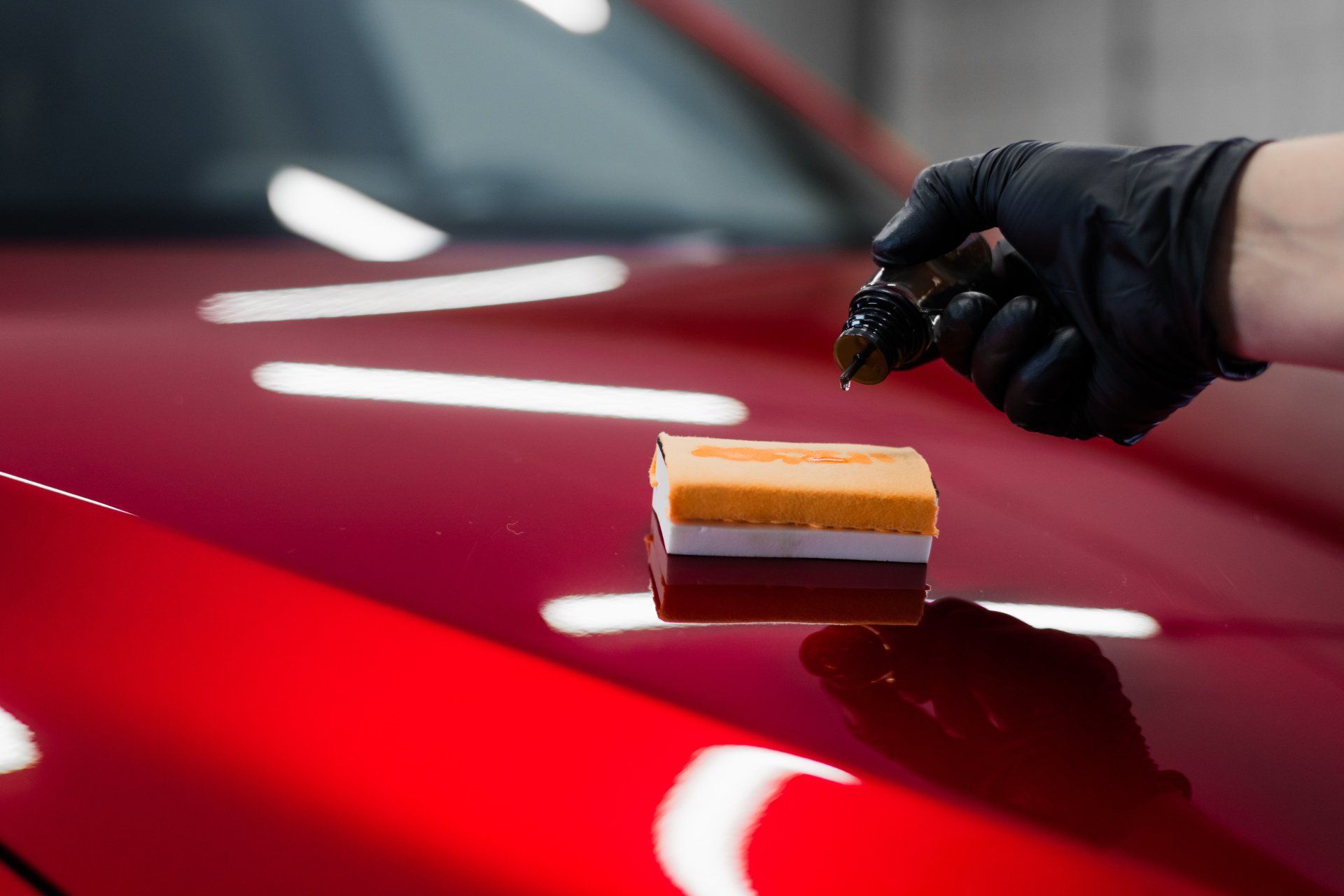A Comprehensive Overview to the Sorts Of Ceramic Finish on the Market
Ceramic coverings have actually arised as an essential remedy throughout various industries due to their one-of-a-kind residential or commercial properties and applications. As we explore the distinct qualities and applications of these finishes, the implications for efficiency and durability become increasingly noticeable, elevating concerns regarding which kind could finest fit your requirements.
Understanding Ceramic Coatings
Ceramic coatings are advanced protective services that have acquired popularity in various sectors, particularly in automotive and aerospace applications. These finishes consist of a fluid polymer that, when healed, develops a long lasting, hydrophobic layer externally of the substrate. This layer provides enhanced resistance to ecological impurities, UV radiation, and chemical exposure, thus extending the life and visual allure of the underlying material.
The fundamental part of ceramic coatings is silica, which contributes to their solidity and resilience. The application process typically includes surface preparation, application of the covering, and healing, which can be accomplished via warm or UV light. As soon as healed, ceramic finishes display exceptional bonding buildings, permitting them to adhere strongly to a range of surfaces, including steels, plastics, and glass.
In enhancement to their safety features, ceramic coatings additionally supply ease of upkeep. Their hydrophobic nature lowers the adherence of dust and grime, making cleaning easier and much less regular. In general, the adoption of ceramic finishings represents a considerable innovation in surface defense technology, providing both functional and aesthetic advantages across multiple markets.
Sorts Of Ceramic Coatings
Various kinds of ceramic finishings are offered, each made to meet certain performance demands and applications - Paint Protection Film. One of the most typical types include:
Silica-based Coatings: These coatings mostly contain silicon dioxide and are recognized for their resilience and chemical resistance. They are commonly used in automotive and commercial applications.
Titanium Dioxide Coatings: Prominent for their photocatalytic properties, titanium dioxide layers are frequently applied in environments where self-cleaning and antifungal buildings are desirable, such as in building products and auto surfaces.
Zirconia Coatings: Defined by their high-temperature stability and thermal resistance, zirconia finishings are used in applications such as generator engines and high-performance automotive components.
Alumina Coatings: Showing excellent hardness and thermal security, alumina layers are frequently made use of in wear-resistant applications, consisting of reducing devices and industrial equipment. - Car Detailing
Crossbreed Coatings: Integrating the residential or commercial properties of numerous products, hybrid finishes use improved efficiency features, my website making them suitable for distinct and demanding applications.
Each sort of ceramic finishing serves unique purposes, allowing users to pick one of the most suitable service based upon certain environmental problems and efficiency needs.
Advantages of Ceramic Coatings
Ceramic layers, in particular, offer various advantages that make them progressively popular amongst producers and consumers alike. These layers are immune to scrapes, chemicals, and UV rays, making certain that the underlying surface area remains secured over time.
In addition to resilience, ceramic finishings offer excellent hydrophobic homes, permitting easy cleaning and upkeep. This water-repellent nature lessens the adherence of dirt, grime, and other impurities, which can lengthen the aesthetic appeal and functionality of the surface. Ceramic finishes can significantly boost thermal resistance, making them suitable for applications that withstand high temperatures.

Application Process
When using ceramic finishings, a precise method is crucial to accomplish ideal outcomes. The application procedure normally begins with thorough surface preparation. This involves washing, decontaminating, and polishing the surface to remove all impurities, consisting of dirt, oil, and prior waxes or sealants. A clean surface area makes sure correct attachment of the finish.
When the browse around this web-site surface area is prepped, the next action is to use the ceramic covering. The finishing ought to be applied in thin layers, as thicker applications can lead to unequal finishes.
After application, the finish requires a particular curing time, usually varying from a couple of hours to a complete day, relying on the product. During this moment, it is important to avoid direct exposure to dampness or impurities. A gentle buffing may be necessary after treating to enhance the gloss and get rid of any type of high areas. Complying with these steps faithfully will take full advantage of the effectiveness and longevity of the ceramic covering, offering a durable safety layer for the surface area.
Maintenance and Durability
To make sure the longevity and effectiveness of a ceramic finishing, regular maintenance is necessary. Ceramic layers, known for their durability and safety top qualities, require certain treatment regimens to maximize their life-span and efficiency.
Along with routine cleaning, routine examinations a fantastic read are essential. Look for signs of wear or damage, such as hydrophobic residential or commercial properties diminishing or surface area imperfections. If required, a light polish may be related to invigorate the finish without stripping it away.
Additionally, the application of a booster spray can improve the finish's hydrophobic effects and recover its gloss. This is particularly helpful for coatings that have actually been in use for an extended period. Inevitably, by adhering to these maintenance methods, one can substantially expand the life of a ceramic finish, guaranteeing that it remains to supply optimal protection against environmental aspects and maintain the visual allure of the car.
Conclusion
